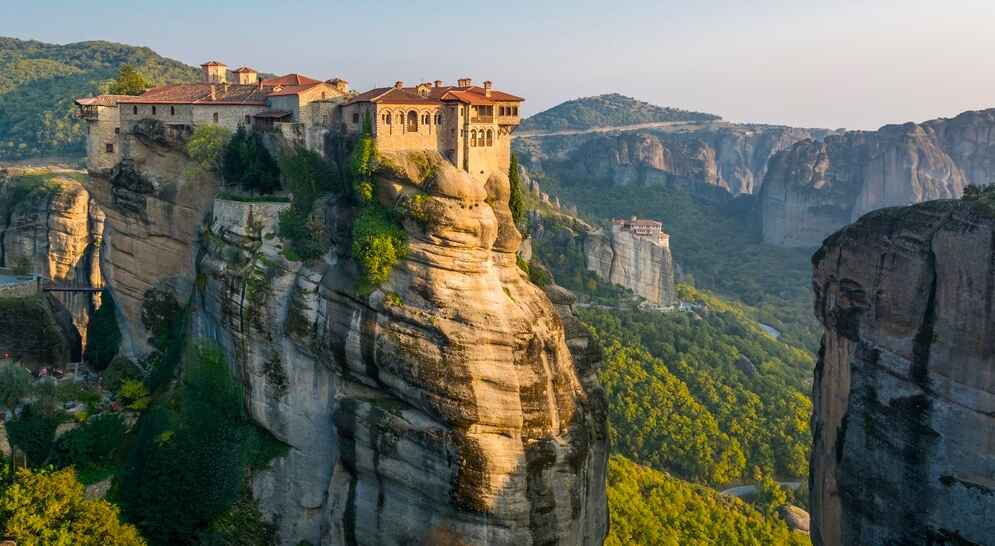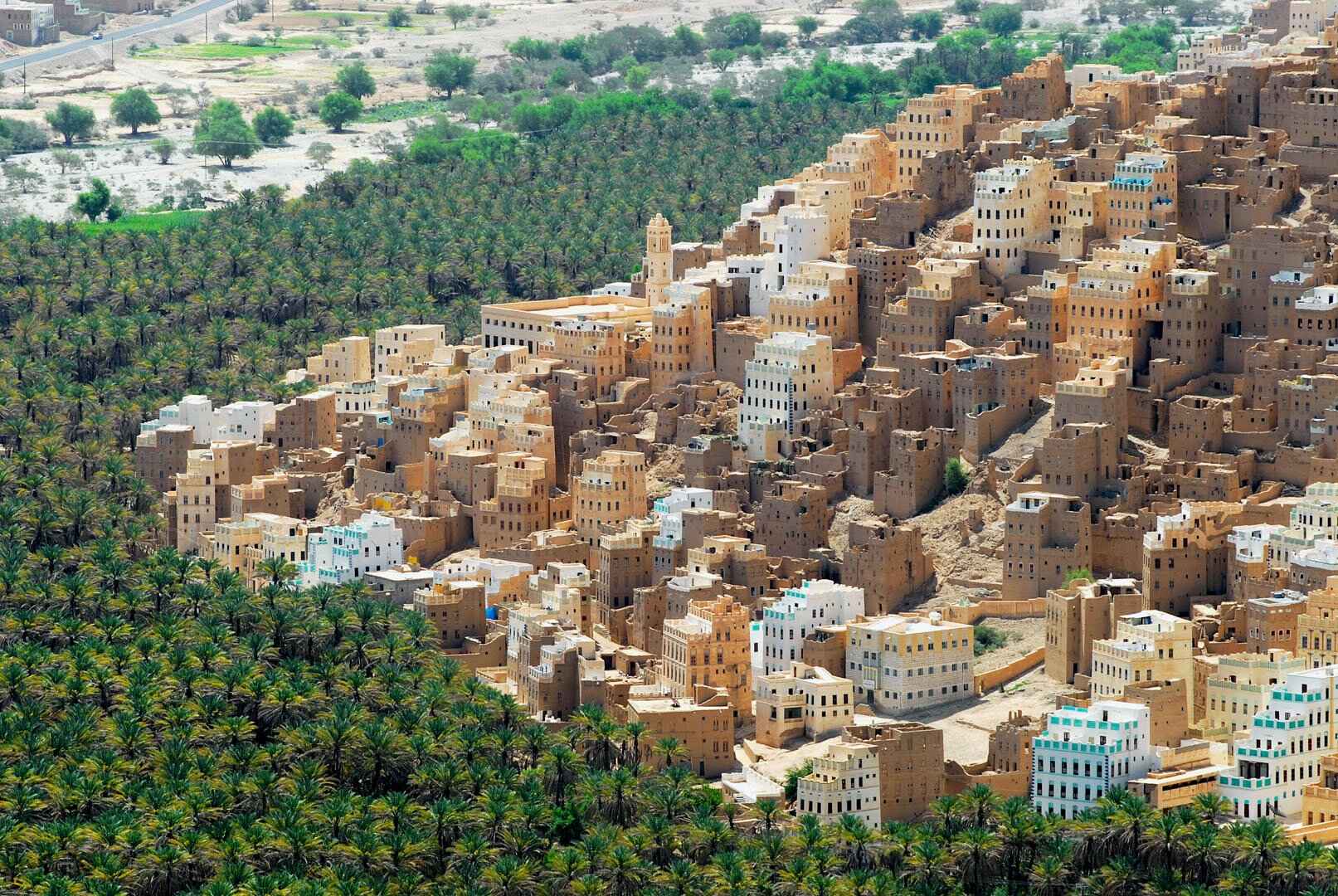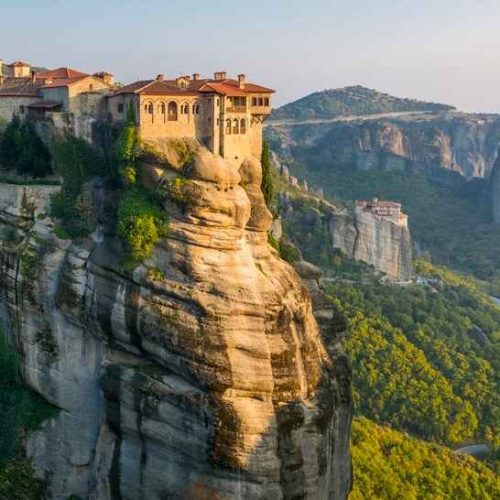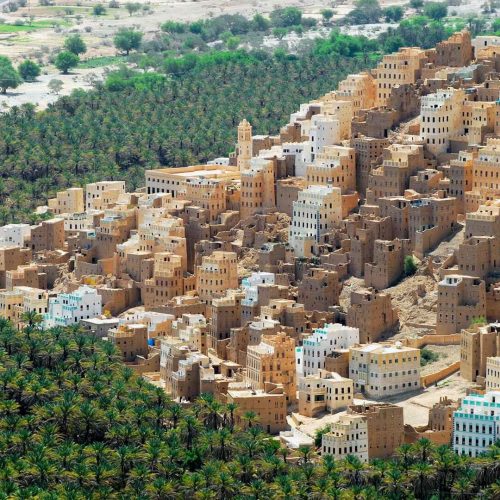The Taj Mahal stands as one of the most celebrated monuments in the world—a magnificent fusion of art, architecture, and a timeless love story. Rooted deeply in Islamic culture and Mughal traditions, this wonder of the world has been admired for centuries. This blog post explores the rich history of the Taj Mahal from its inception in the 17th century to its status today, shedding light on its Islamic influences, architectural brilliance, and the love story that gave it life.
A. The Rise of the Mughal Dynasty
The Mughal Empire, known for its rich blend of Central Asian, Persian, and Islamic traditions, reigned over large parts of India from the early 16th century. The empire was distinguished by its sophisticated approach to art, culture, and architecture. Islamic principles, with an emphasis on symmetry, spirituality, and geometry, greatly influenced the construction of monumental buildings during this period.

B. A Tribute Born of Love
In 1631, the Mughal Emperor Shah Jahan experienced a devastating loss with the death of his beloved wife, Mumtaz Mahal. Her passing during childbirth left a void in his life that he sought to fill with an eternal monument—a mausoleum that would embody their undying love and the ideals of Islamic paradise. Thus, the Taj Mahal was conceived as both a tomb and a symbol of eternal affection.
2. Architectural Splendor and Islamic Aesthetics
A. Islamic Design Elements
The design of the Taj Mahal is a brilliant example of Islamic architecture that marries aesthetics with deep spiritual meaning:
- Symmetry and Geometry: In Islamic art, symmetry represents divine order and harmony. The Taj Mahal is meticulously planned to achieve balance in every direction, reflecting the order of the universe.
- Calligraphy and Inscriptions: Elegant Arabic calligraphy adorns the structure, featuring verses from the Quran that evoke themes of paradise, transcendence, and eternal life.
- Domes and Minarets: The central dome, flanked by four smaller domes and minarets, is a hallmark of Islamic design. The grand dome symbolizes the vault of heaven, while the minarets emphasize the importance of prayer and the call to worship.
- The Charbagh Garden: Inspired by the Quranic description of paradise, the Taj Mahal is set within a meticulously laid-out garden divided into four quadrants. This design, known as charbagh, uses water channels and pathways to create a sense of divine order and tranquility.
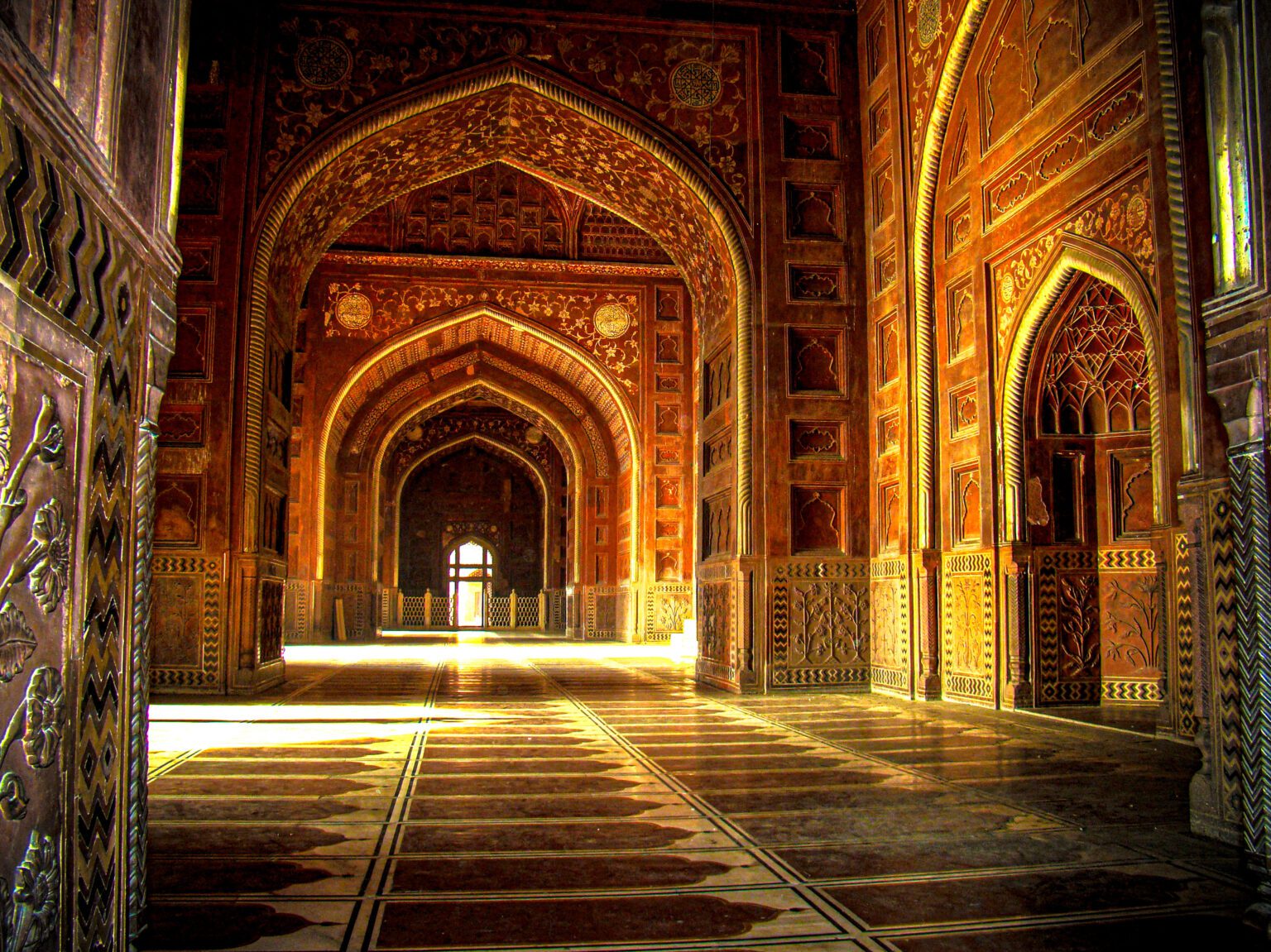
B. The Use of Materials
The monument is primarily built of white marble, which was chosen not only for its beauty but also for its symbolic purity in Islamic culture. Intricate inlays of semi-precious stones and detailed carvings highlight the craftsmanship and the influence of Persian artistry, which played a significant role in Mughal aesthetics.
3. Construction: A Monumental Endeavor
A. Engineering Marvel
Construction began in 1632 and took nearly 21 years to complete. The project employed thousands of artisans, architects, and laborers from across the Islamic world—from skilled craftsmen in Persia to stonecutters from Central Asia. This collective expertise ensured that the monument would stand as a paragon of architectural excellence.

B. Challenges and Innovations
Creating the Taj Mahal involved overcoming numerous challenges:
- Complex Engineering: The use of innovative construction techniques allowed for the creation of expansive domes and arches that remain structurally sound even today.
- Artistic Detailing: The precision in carving intricate floral patterns, geometric designs, and detailed inlay work required the highest level of craftsmanship, ensuring that each detail resonated with the principles of Islamic art.
- Incorporation of Symbolism: Every element, from the layout of the gardens to the positioning of the mausoleum, was designed to reflect an Islamic vision of the afterlife—a paradise on earth.
4. The Legacy of Love
A. A Testament to Eternal Affection
At its heart, the Taj Mahal is a monument to love. The story of Shah Jahan and Mumtaz Mahal transcends time, capturing the imagination of people around the globe. This love story is not only about the personal bond between two souls but also reflects the human desire to commemorate beauty, loyalty, and the eternal nature of love.
B. A Source of Inspiration
The monument’s romantic legacy has inspired poets, artists, and travelers for centuries. Its image has become a symbol of undying love, encouraging couples and lovers to see the Taj Mahal as a representation of a love that surpasses time and mortality.
5. The Taj Mahal Through the Ages
A. Under Changing Empires
Over the centuries, the Taj Mahal has witnessed the rise and fall of empires. During British colonial rule, the monument suffered from neglect and alterations to its original design. Efforts to restore and preserve its beauty began in the 19th century, driven by a renewed recognition of its cultural and historical significance.

B. UNESCO and Global Recognition
In 1983, the Taj Mahal was designated as a UNESCO World Heritage Site. This status not only acknowledges its historical and artistic value but also ensures that the monument will be preserved for future generations. Conservation efforts continue to address challenges such as environmental pollution and weathering, maintaining the integrity of the structure.
C. Contemporary Relevance
Today, the Taj Mahal remains one of India’s most iconic landmarks and a symbol of the nation’s rich cultural heritage. It attracts millions of visitors from around the world, including scholars, tourists, and those inspired by its romantic and spiritual history. Modern technology and preservation techniques help ensure that the monument retains its splendor while educating visitors about its multifaceted legacy.
6. The Taj Mahal: A Symbol Beyond Borders
A. A Fusion of Cultures
While deeply rooted in Islamic and Mughal traditions, the Taj Mahal also represents a blend of global artistic influences. Its Persian motifs, Central Asian engineering, and local Indian craftsmanship create a universal language of beauty and devotion.
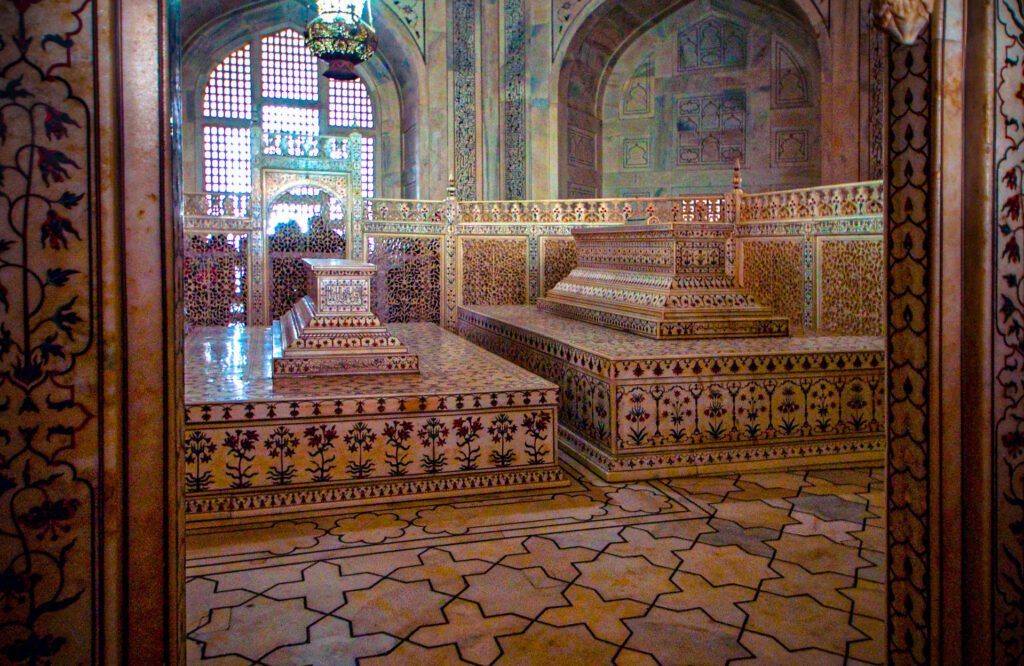
B. The Living Monument
More than just a relic of the past, the Taj Mahal is a living monument that continues to inspire discussions about art, history, love, and spirituality. It serves as a bridge between cultures and eras, inviting each generation to explore its layers of meaning and the historical context behind its creation.
Conclusion
The Taj Mahal is not merely a mausoleum but a monument where history, art, religion, and love converge. From its origins in the Mughal Empire and its deep roots in Islamic aesthetics to its enduring legacy as a symbol of eternal love, the Taj Mahal remains a beacon of cultural and historical significance. Whether admired for its architectural ingenuity or its romantic narrative, the Taj Mahal stands as a timeless tribute to human creativity and the eternal quest for beauty and meaning.
Let the story of the Taj Mahal remind us that love, when expressed through art and devotion, can create legacies that endure long after the passage of time.

